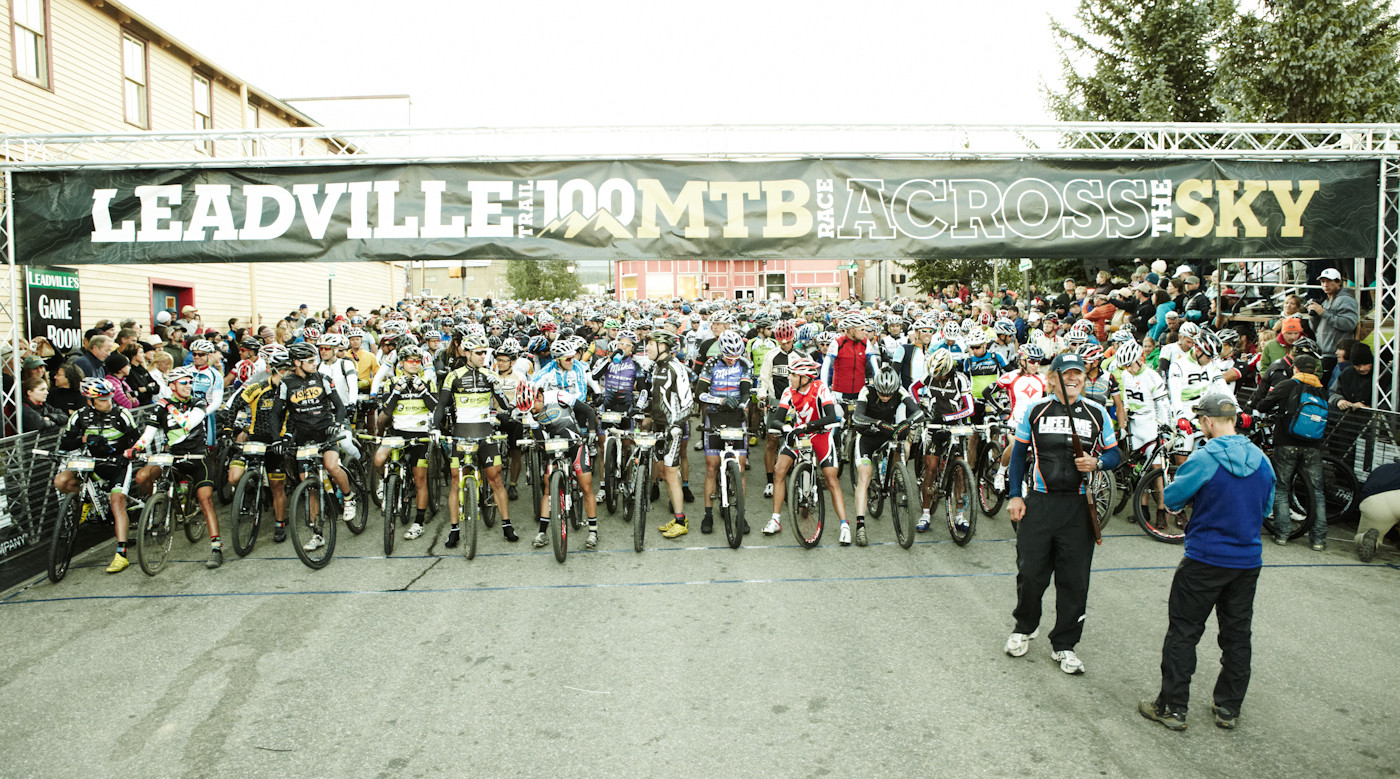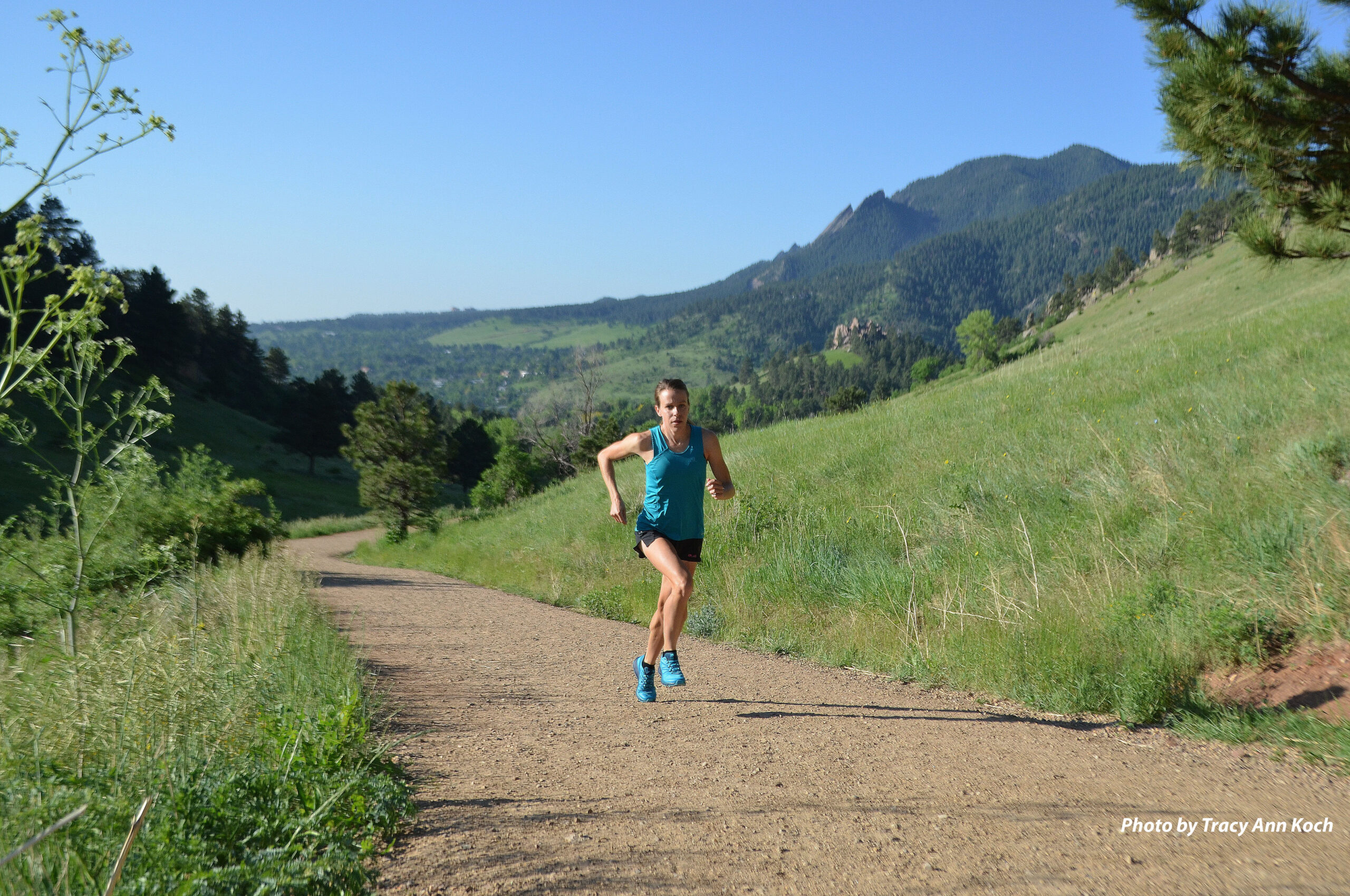Course-Specific Racing Strategies
By Dave Wiens
In mountain bike racing, no two courses are the same, and even the types of courses vary and will affect your approach. Courses typically fall into one of the following categories:
- Out-and-back, like the Leadville Trail 100 MTB, Silver Rush 50 MTB and Wilmington Whiteface
- Single loops, like the Fire Road
- Point-to-point, like the Chequamegon 40
- Multiple lap courses, like the Austin Rattler MTB, Tahoe Trail, and Barn Burner
Here, we’ll cover strategies and tips for tackling the various types of courses.
Single Loop – Out-and-Back – Point-to-Point
Long, single-loop, out-and-back and point-to-point courses are considered the most epic because you’re covering a ton of new ground and not exactly repeating anything. As awesome as these courses are to ride and race on, they present challenges, like setting up your nutrition and hydration resupply and pre-riding a long course.
You can wing it and race on a course you’ve never ridden before, as well as rely on the neutral aid stations for your hydration and nutrition. In fact, those things are done all the time. However, you can gain precious time if you have advance course knowledge and if you’re able to choose what to eat and drink and when.
Tip #1: Attempt to Pre-ride
Plan a trip to ride the course (whether in parts or in its entirety) in advance of the race. During the Leadville Race Series’ Camp of Champions, we’ll ride the entire course over two days, which is still two really solid days of riding. (Note: This is not something you’d want to do right before a big race.)
Tip #2: Make a Multiyear Goal
Another tactic is to look at doing well in a particular event as a multiyear strategy. If you live far from an event you are targeting and simply cannot get there to pre-ride, do your best in year one with little or no course knowledge, and then in subsequent years, you’ll only become more familiar with the course. Be sure to take good mental notes (or even written or digitally recorded notes) on the course so that you can refer to them as you prepare to ride the next year. Or, when you can’t sleep, instead of counting sheep, pre-ride the course in your mind. For riders who are looking to hit certain benchmarks or progressions by contesting the same event multiple times, year after year, this strategy is appealing.
Multi-Lap (or Loop) Courses
Multi-lap courses are actually the most common and each loop or lap can be either short or long. World Cup cross-country courses have become quite short (often around three miles) to appeal to spectators and TV audiences. Most high school MTB races are contested on courses that are just four to eight miles long. Cyclocross courses are usually between five and ten minutes per lap.
Tip #1: Make it Compelling
While some riders consider riding the same lap over and over to be monotonous, there are compelling aspects to racing on multiple-lap courses. For example, trying to ride consistent lap times or even ride faster laps as you go (negative splits), is a goal to strive for. You can do this either by watching a clock on your bike or simply go by feel and then check the lap time results after the race. This is easier said than done, as the majority of riders will be riding positive splits, meaning each lap will become progressively slower.
Tip #2: Watch Your Pacing
This puts a premium on not only your pacing strategy, but also on your pacing discipline. One of the biggest challenges riders face is not going too hard in the beginning of races and, even after hundreds of races, I’m still just as guilty of this as ever. Must be something about enthusiasm trumping common sense!
Tip #3: Pre-ride
Multi-lap courses are also just a portion of the total mileage of the race, so you can usually pre-ride the course prior to the event. If you ride easy, you can typically ride most or all of a multi-lap course the day before your race and develop your pacing, gear selection and other race-day strategies.
Tip #4: Decide on Your Re-Fueling Plan
Likewise, fueling becomes easier as you’ll be looping back through the start/finish area at least once or more. You can have a support person there ready with food and refilled bottles, or simply set out a cache before the race and roll up to it, resupply, and roll back out onto the course. I often attended and rode the Firecracker 50 in Breckenridge alone, stashing a cooler along the course near the start/finish so I could grab what I needed after the first of two laps. It’s a little slower than having someone give you a hand-up but recruiting a support person isn’t always easy. Sometimes it’s easier knowing exactly what you want and getting it out of a cooler or bag.
From technical sections, to tricky moves, tough climbs, etc., it can be fun to compare how you did from one lap to the next. Sometimes you get better, sometimes you regress and sometimes, if you haven’t paced well or just blew for whatever reason, you can end up walking up a hill that you were able to ride the lap before. There’s nothing like that lap-by-lap-by-lap feedback.
Enjoy!
Dave


